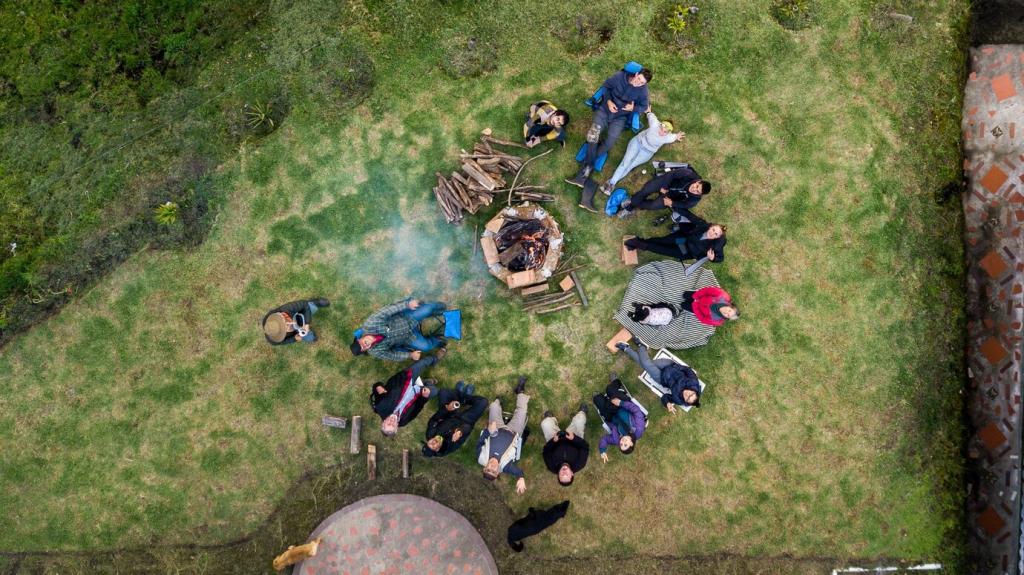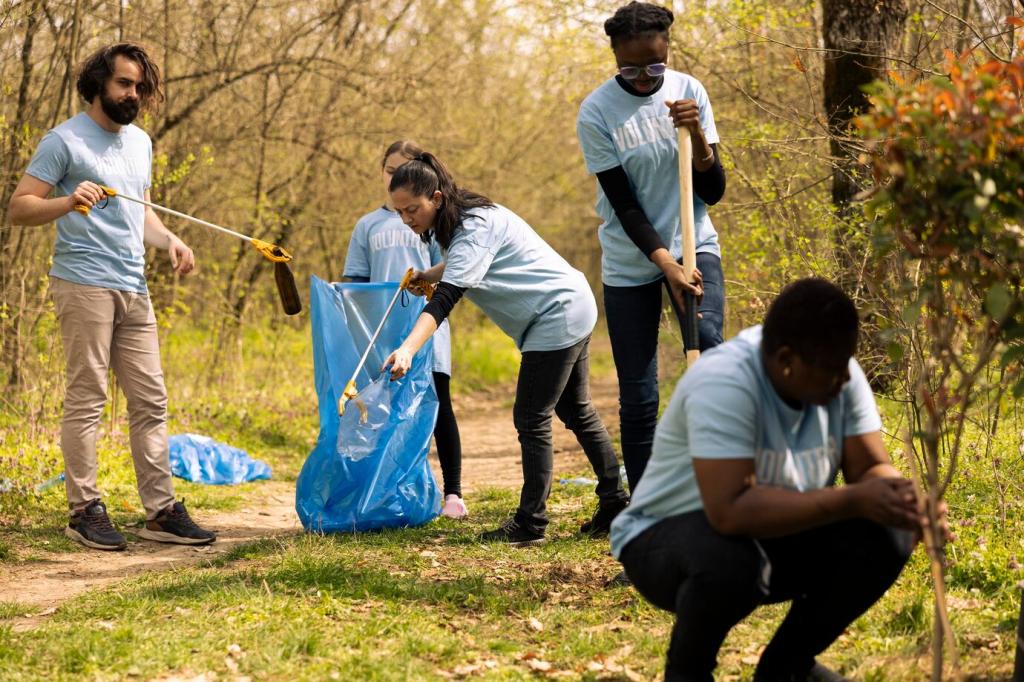Planting for Diversity: Species Mix and Site Design
Combine oaks for caterpillars, serviceberry and redbud for spring nectar, basswood for bees, and black gum or persimmon for autumn fruit. Avoid monocultures; aim for a dynamic mix that staggers blooms and mast, nourishing pollinators, birds, and people throughout the year.
Planting for Diversity: Species Mix and Site Design
Stack habitats vertically. Pair tall canopy trees with understory companions, then add shrub thickets and native groundcovers. Include snag logs and leave leaf litter where safe. Each layer provides shelter and food, multiplying niches that help biodiversity endure drought, storms, and surprise challenges.
Planting for Diversity: Species Mix and Site Design
Respect mature sizes to avoid conflicts with sidewalks and wires. Plant in small groups to create wind buffering and moisture retention. Use mulch donuts, water bags, and simple guards against deer or mowers. Early protection saves effort and safeguards biodiversity dividends later.
Planting for Diversity: Species Mix and Site Design
Lorem ipsum dolor sit amet, consectetur adipiscing elit. Ut elit tellus, luctus nec ullamcorper mattis, pulvinar dapibus leo.










